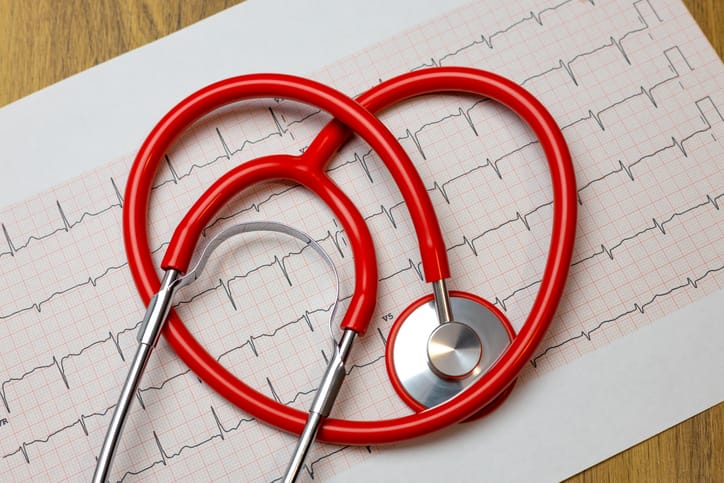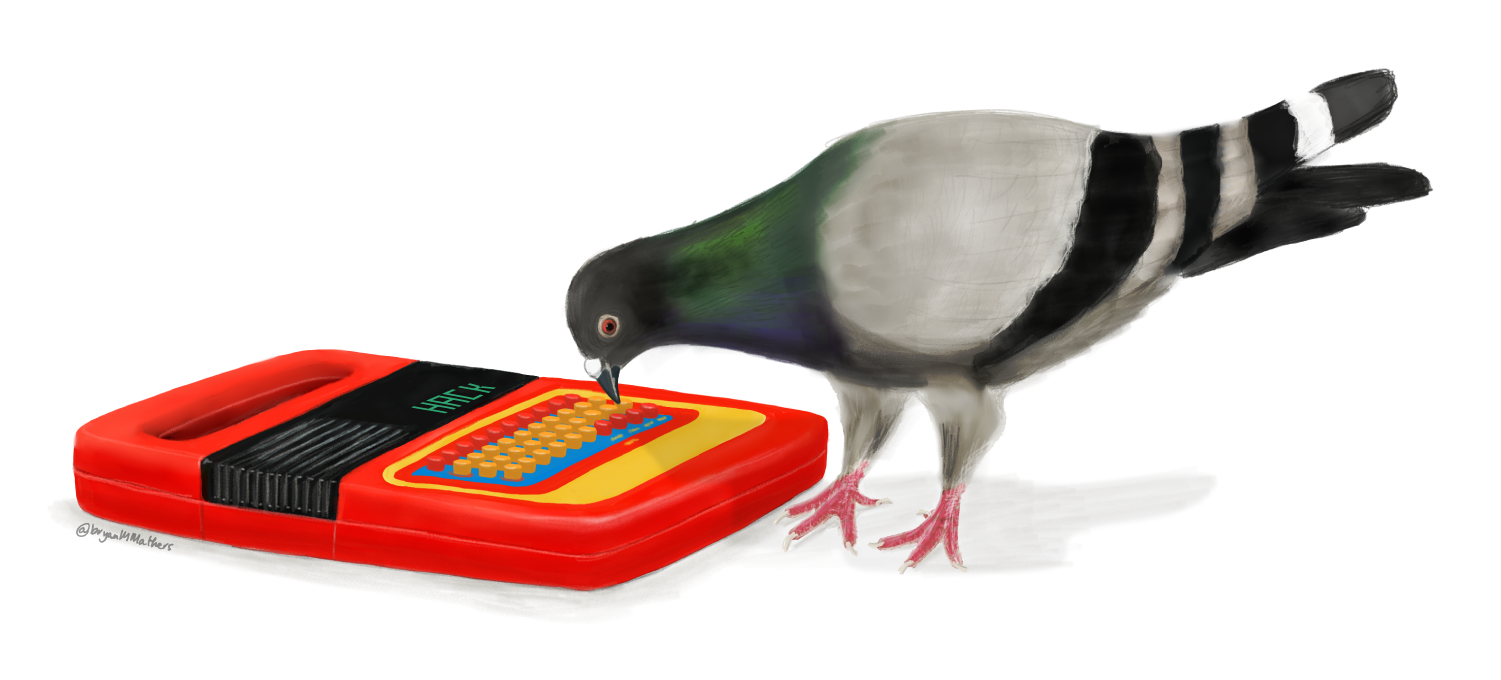Heart Rate Variability and the Placebo/Nocebo Effect

Welcome to part 3 of my look at heart rate monitors — the history, the practices, the science, and the marketing of this aspect of fitness tracking.
I decided to see a physical therapist last week as, a week after my "fall," I was still in pain. I wanted to make sure that I hadn't injured anything (too severely). I wanted the "green light" to run. But more than anything, I wanted the placebo effect. I have had tremendous success in the past with making a PT appointment and then, often without even going, feeling a lot better. Having a PT tug and push on my legs and say "doesn't seem like anything is torn or broken" miraculously makes my body feel better, long before I've dutifully repeated their strengthening exercises.
The placebo effect is the body's healing response to the anticipation that a medical intervention will work, even when there is actually no treatment received. It's a pretty fascinating phenomenon, one that I'll probably return to in subsequent essays and one that gets invoked a lot by bro- and pseudoscience alike. (I'm currently reading Joe Dispenza's You Are the Placebo, and phew. anytime you see a "doctor" doing big, Joel Osteen-like seminars and peddling miracle cures if you just think happy enough thoughts, you should definitely run in the opposite direction.) There is some very interesting research on the placebo effect – less so on its inverse, the nocebo effect – the body's negative response to the anticipation a medical intervention will cause harm. (It's a bit more difficult, ethically at least, to study this sort of thing.) But there is still evidence that even the suggestion that, say, a medication may cause side effects is enough to elicit those symptoms in some patients.
In a 2014 study published in the Journal of Experimental Psychology, researchers explored how sleep impacted cognition — sort of. Subjects were asked to rate their sleep the night before on a scale of 1 to 10. They were given some educational materials on REM sleep and cognitive functioning and then they were attached to (fake) machines that researchers said would measure how well they’d slept. One group was told they had 16.2% REM sleep (“below average”); the other 28.7% REM sleep (“above average”). Subjects then were given a battery of verbal and math tests. Those who were told they slept poorly performed worse on the tests than those who were told they slept well, regardless of how well they thought they’d slept. As Austin Baraki from Barbell Medicine puts it,
Consider the implications of having what you perceive to be a “normal” night of sleep, then checking your sleep monitor and receiving data suggesting that you slept very poorly, or your HRV monitor reporting that you are highly fatigued. Based on the results of this study, receiving this type of information alone may result in impaired cognitive performance, and there is plausible concern that this effect could extend to physical performance as well.Fatigue and subsequent performance are complex, multifactorial processes involving the brain’s coordinated processing of thousands, perhaps millions, of variables. Given this complexity, as well as our suggestibility and general tendency to fall prey to placebo or nocebo effects, it is silly to think that we can measure a single (or even a couple) parameters and objectively use this for subsequent training decisions.
Maybe you can see where I'm going with this...
One of the many metrics that fitness technologies track in order to tell you if you’re healthy, rested, and/or ready to train is HRV, “Heart Rate Variability.” This measurement reflects the heart’s response and adaptation to stress and other stimuli, and as such is used by fitness tracking software as an indicator of health.
Here's how Runner's World suggests one might use this data:
When your HRV is within your normal range, there’s a higher chance that you will reap the intended physiological benefits of that lung-busting session. If it’s below your baseline, you don’t have to avoid training completely, but you’ll be better off swerving an interval or a tempo run for a lower-intensity workout, and moving your hard miles to later in the week when your HRV is back to normal.
Seems pretty important. Seems like something you might want to fret over. (You don't. Think about the placebo and nocebo effect.)

A very short biology refresher: the human heart does not beat steadily like a metronome, but rather the intervals between beats change all the time — not simply because, for example, one is engaged in a strenuous or stressful activity. This variation is controlled by the autonomic nervous system, which is made up of two parts: the sympathetic and parasympathetic nervous system — sometimes described as the “fight-or-flight” system and the “rest-and-digest” system respectively. At any given moment, one’s heart rate is the net effect, if you will, of the parasympathetic nerves, which slow it (and increase HRV), and the sympathetic nerves, which accelerate it (and decrease HRV).
As I wrote in the History of the Heart Monitor, the study of the heart and heart rate are quite old, and with the development of measurement tools in the late nineteenth century, scientists have long investigated its complex and irregular rhythms. The electrocardiogram is, arguably, the best way to do so as it captures the heart’s electric activity and thus the “interbeat intervals.” Since the late 1960s, doctors and scientists have recognized the clinical importance of HRV as an indicator — sometimes even a predictor — of certain diseases. Reduced HRV is associated with anxiety, depression, and some gastrointestinal disorders. It’s associated with mortality following a myocardial infraction. To be clear, a number of different physiological systems, including hormones, metabolism, and circadian rhythms interact to dictate the heart rate and its variability. Correlation is not causation and whatnot. Also, this shit is complex. Reduced HRV might indicate something is amiss medically; it might not. Because the heart rate is so responsive, HRV will look quite different based on the timeframe — overnight, for example, versus how it’s trending over the course of a week.
I often hear people say "Oh I don't pay attention to the numbers. I just look at the trends." I hate to break it to you, but the latter is derived from the former.
Here’s how Oura, a company that makes a tracker that’s worn on the finger describes HRV:
Some situations increase variation (high HRV), while others cause the time intervals between beats to stay more constant (low HRV). You may be unaware of these subtle variations, but they reflect your heart’s ability to respond to different situations. HRV can react to stress and/or illness before resting heart rate (RHR), which makes it one of your body’s most powerful signals — providing useful insights into your stress levels, recovery status, and general well-being.
The emphasis in that quotation is mine; but really, this is the emphasis of the fitness technology industry too, which puts a lot of weight on this particular metric, even more so than, say, resting heart rate, another commonly-used indicator. How much weight? Well, we don’t know exactly as many of the algorithms in fitness technologies that (likely) incorporate HRV, such as “body battery” and “training readiness,” are a black box. Moreover, most of the studies on how vigorous training impacts HRV have been done on a rather homogenous population — young, male athletes. While these studies have demonstrated a strong association between HRV and physical activity, it’s not clear that the same relationship exists in all populations or if HRV remains as useful an indicator as, say, people age or during some stages of the menstrual cycle. Laboratory experiments have shown that HRV is lower in the 24-48 hours following strenuous exercise, but it’s not always so clear, when wearing a heart rate monitor outside the lab, what stress(es) might also affect this metric.
It’s not that tracking metrics like HRV is useless. But it's not necessarily that useful either. Or rather, these metrics are not always indicators of what our fitness trackers say they are — that is, our recovery or our fitness levels. And when we let these devices dictate how we feel – we can all be quite susceptible to their placebo and nocebo effects, remember – we are handing over our agency and our understanding of our body to algorithms.
Thanks for reading Second Breakfast. Consider becoming a paid subscriber to support my work unraveling the stories that Silicon Valley and pseudoscience hustlers tell us about the future of health and technology.





